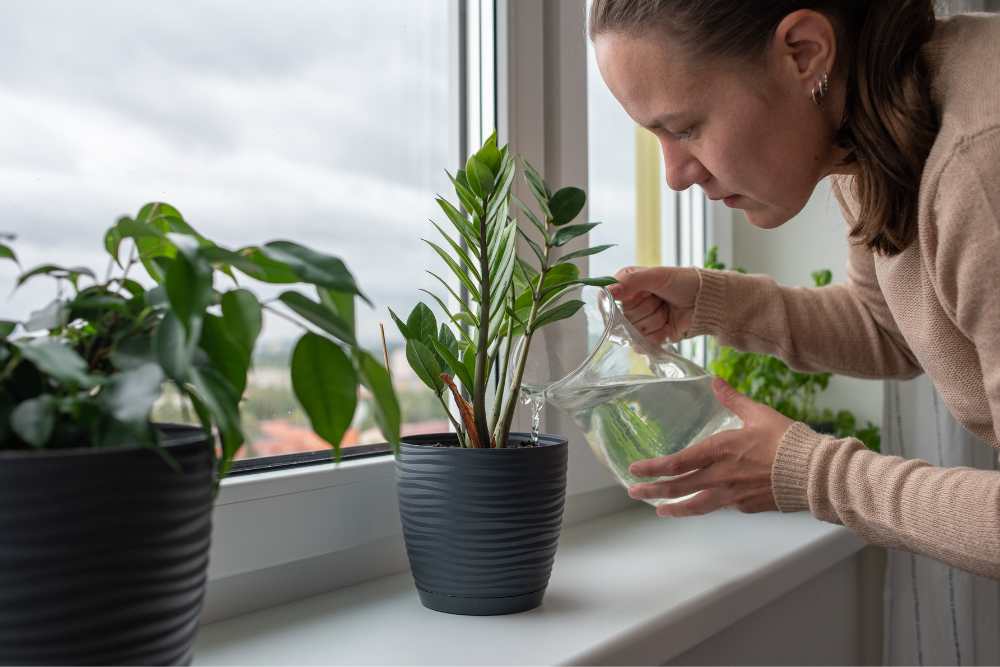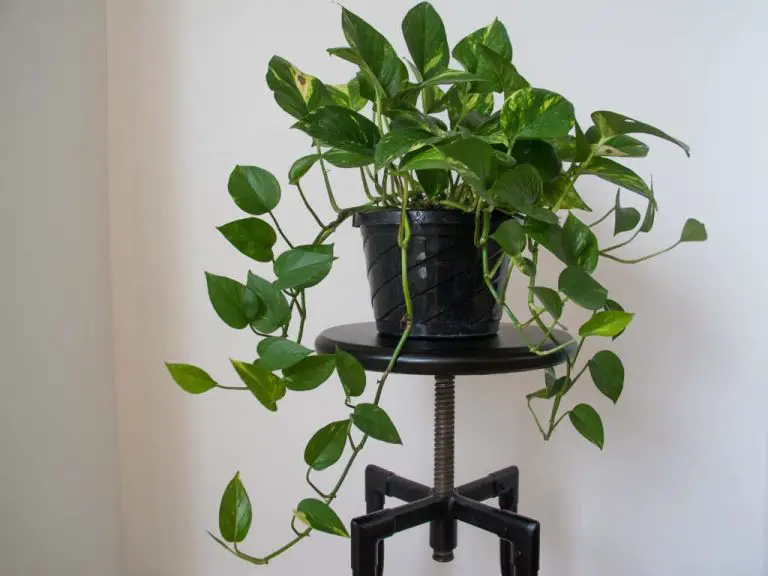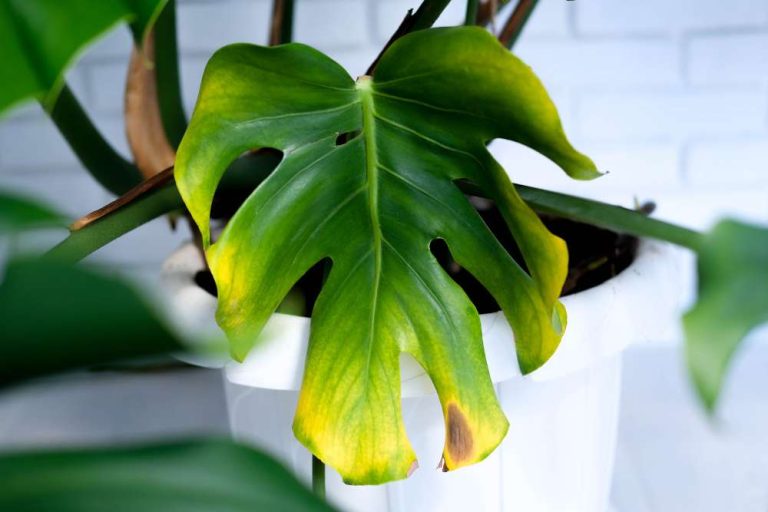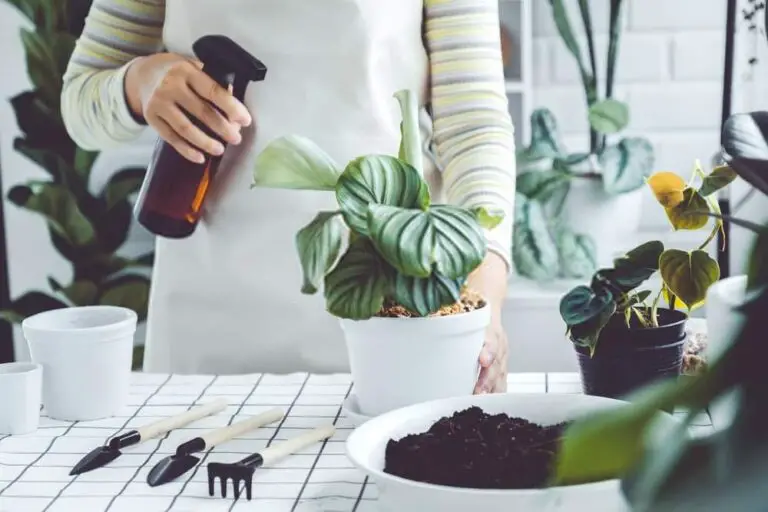How Often Should I Water House Plants? Ultimate Guide
“How Often Should I Water House Plants” is a common question for indoor gardening enthusissts.
Houseplants are an excellent way to bring a touch of nature indoors. They can brighten up a room, purify the air, and even boost your mood. However, one of the most important aspects of caring for houseplants is watering them correctly.
Watering your houseplants too much or too little can lead to a variety of problems, including root rot, wilting, and even death. In this article, we’ll discuss how often you should water your houseplants and some tips for avoiding overwatering and underwatering.
Factors to Consider When Growing Houseplants
Before diving into watering specifics, it’s important to understand that houseplants have different watering needs. Here are ten factors to consider when growing houseplants:
- Type of Plant: Different houseplants have different watering needs. Some plants, like succulents and cacti, prefer dry soil, while others, like ferns and peace lilies, prefer moist soil.
- Size of Plant: Larger plants generally need more water than smaller plants.
- Type of Soil: The type of soil you use can affect how often you need to water your plants. Soil that drains well will dry out faster than soil that retains moisture.
- Humidity: Plants that prefer high humidity, like tropical plants, may need to be watered more often.
- Temperature: Plants may need more water in warmer temperatures.
- Light: Plants that receive more light may need to be watered more often.
- Pot size: Plants in larger pots may need to be watered less often than plants in smaller pots.
- Pot Material: Clay pots dry out faster than plastic pots.
- Airflow: Plants in areas with good airflow may need to be watered more often.
- Season: Plants may need more water in the summer than in the winter.
Suitable Houseplants
Here are ten houseplants that are easy to care for and have different watering needs:
- Snake plant
- Spider plant
- Pothos
- Peace lily
- ZZ plant
- Rubber plant
- Fiddle leaf fig
- Philodendron
- Aloe vera
- Chinese evergreen
When to Water Your Houseplants?
Now that you know some of the factors that can affect how often you should water your houseplants, let’s talk about when to water them. The best way to determine when to water your houseplants is to check the soil moisture level.
Checking the soil’s moisture content is the best technique to decide when to water your plants. Insert your finger into the soil approximately an inch deep. You should water your plant if the soil seems dry. Wait a few more days before making another check if the soil seems wet.
How to Find Out if the Soil is Dry?
If you’re unsure whether the soil is dry, use a moisture meter to check. These devices are inexpensive and easy to use. Insert the probe into the soil and check the reading. If the reading is low, the soil is dry, and it’s time to water your plant.
Best Ways to Water Houseplants
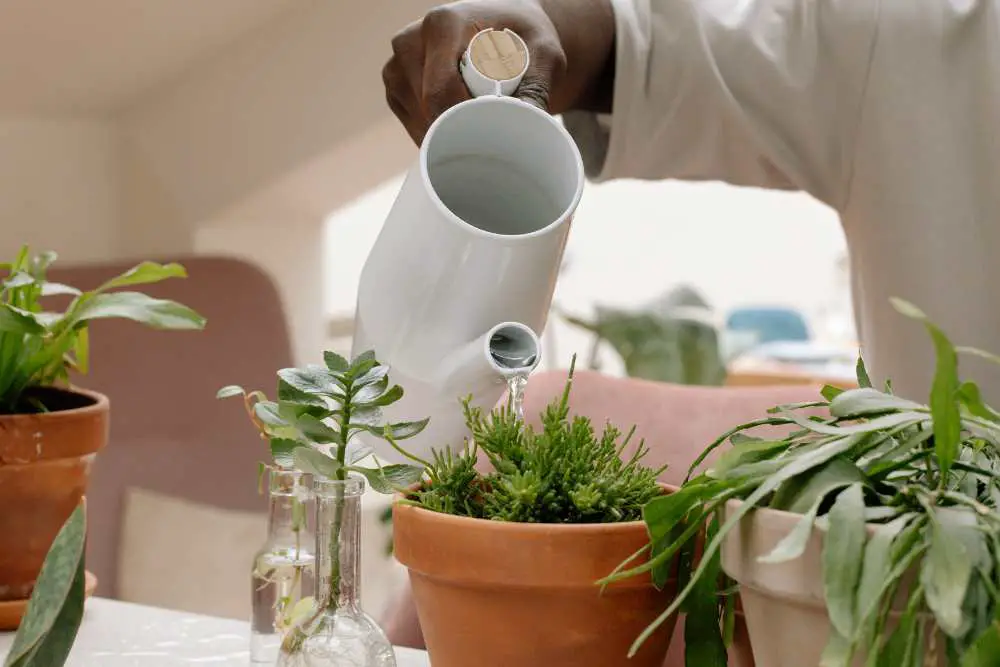
There are several ways to water your houseplants. Here are five of the best ways:
- Watering Can: This is the most common way to water houseplants. Fill a watering can with water and pour it over the soil.
- Bottom Watering: This method involves placing the plant in a tray of water and allowing it to soak up the water from the bottom.
- Misting: This method is best for plants that prefer high humidity. Mist the leaves with water.
- Soaker Hose: This method is best for outdoor plants. Attach a soaker hose to your outdoor faucet and let it water your plants.
- Self-Watering Pots: Water is gently released into the soil from a reservoir at the bottom of these pots. They’re great for people who tend to overwater or underwater their plants.
Signs of Overwatering and Underwatering
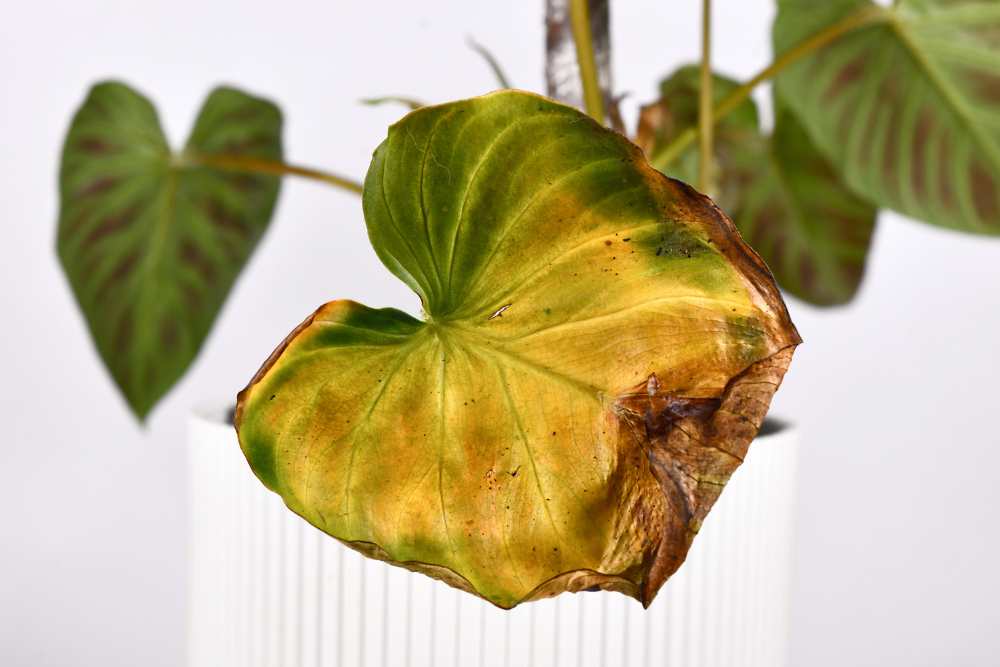
Overwatering
Overwatering is a common problem that can cause your plants to turn yellow, wilt, and even die. When you overwater your plants, the soil becomes waterlogged, and the roots can’t get the oxygen they need to survive. Here are some signs that your plants may be overwatered:
- Yellow or Brown Leaves
- If your plant’s leaves turn yellow or brown, it may be a sign of overwatering. When the roots are waterlogged, they can’t absorb nutrients properly, which can cause the leaves to turn brown or yellow.
- Wilting leaves
- Overwatered plants may also have wilting or drooping leaves. This is because the roots cannot absorb water properly, which can cause the leaves to become limp.
- Mold or Fungus
- If you notice fungus or mold growing on the soil surface, it may be a sign of overwatering. When the soil is too wet, mold and fungus create the perfect environment to grow.
Read – Grey Mold on Plants
- Root Rot
- Overwatering your houseplant can also cause root rot. which is a serious condition that can kill your plants. If you notice that your plant’s roots are brown and mushy, it may be a sign of root rot.
- Fungus Gnats
- Fungus gnats are small flies that are attracted to moist soil. If you notice these pests flying around your plants, it may be a sign of overwatering.
Underwatering
Underwatering is another common problem that can cause your plants to suffer. When you underwater your plants, the soil becomes dry, and the roots can’t absorb the water they need to survive. Here are some signs that your plants may be underwatered:
- Dry Soil
- If the soil around your plant is dry to the touch, it may be a sign that your plant is not getting enough water.
- Crispy Leaves
- Underwatered plants may have leaves that are dry and crispy. This is because the plant is not getting enough water to keep the leaves hydrated.
- Wilting Leaves
- Like overwatered plants, underwatered plants may also have wilting or drooping leaves. This is because the plant is not getting enough water to keep the leaves turgid.
- Slow Growth
- If your houseplant is not growing as quickly as it should be, it may be a sign of underwatering. When plants don’t get enough water, they can’t grow properly.
- Brown Leaf Tips:
- Underwatered plants may also have brown leaf tips. This is because the plant is not getting enough water to keep the leaves healthy.
Tips for Avoiding Overwatering
Overwatering is one of the most common problems when it comes to caring for houseplants. Here are ten tips for avoiding overwatering:
- Use well-draining Soil
- Soil that drains well will dry out faster, reducing the risk of overwatering.
- Choose the Right Pot
- Plants in larger pots will dry out slower than plants in smaller pots.
- Water Less Often
- If you need to figure out how often to water your plant, err on the side of underwatering.
- Check the Soil Moisture Level
- Use a moisture meter or stick your finger into the soil to check the moisture level.
- Don’t water on a schedule
- Water your plants when needed, not on a set schedule.
- Use a watering can with a long spout
- This allows you to water the soil directly rather than getting water on the leaves.
- Empty excess water from the saucer
- If your plant is sitting in a saucer, make sure to empty any excess water.
- Don’t let your plant sit in water
- If your plant is sitting in water, it can lead to root rot.
- Reduce watering in the winter
- Plants generally need less water in the winter when they’re not actively growing.
- Watch for signs of overwatering
- Wilting, yellowing leaves, and a musty smell can all be signs of overwatering.
- Avoid Watering Leaves
- Try to avoid getting leaves wet when you water them since they can sometimes grow mold if they are splashed with water too frequently. Water from the plant’s base, or if using a Wally Eco, water straight into the watering channel at the back of the planter, behind the perforated divider.
How to Fix Underwatered Houseplants?
If you’ve underwatered your houseplants, here are some tips to help you fix the problem:
- Water the plant thoroughly, making sure the water reaches the roots.
- If the soil has become too dry, water the plant again after a few minutes to ensure the soil is fully saturated.
- Mist the leaves with water to increase humidity.
- Move your plant to a cooler, more humid location.
Frequently Asked Questions
How do I know if my plant needs water?
You can tell if your plant needs water by checking the soil. Put your finger in the soil all the way up to the first knuckle. Watering the plant is necessary if the soil seems dry.
Can you water my plants with tap water?
Yes of course, you can water your plants with tap water. However, some plants are sensitive to the chemicals in tap water, such as chlorine and fluoride. To avoid this, you can let the water sit out for a day or two before using it to water your plants.
Can I water my plants with ice cubes?
While it’s not recommended to water your plants with ice cubes, it can be done in a pinch. However, make sure the ice cubes are melted before watering your plants, as cold water can shock the roots.
Can I water my plants from the bottom?
Yes, you may water your plants from the bottom by submerging the pot in a saucer of water. Water will be absorbed by the soil starting at the bottom. However, make sure to remove the pot from the saucer after a few minutes to avoid overwatering.
How often should I fertilize my houseplants?
The majority of indoor plants require fertilization once a month in the growth seasons of spring and summer and once every two months in the winter and fall.
Conclusion
Watering your houseplants can be tricky, but with the right knowledge and care, you can keep your plants healthy and thriving. Remember to consider the type of plant, size of pot, type of soil, and environment when determining how often to water your plants. And if you’ve overwatered or underwatered your plants, don’t worry – with a little TLC, they can bounce back quickly.
- 29 Bucket Gardening Ideas for a Lush, Compact Garden - October 30, 2024
- 20+ Chic Boho Bedroom Ideas for a Cozy and Stylish Retreat - June 20, 2024
- 12+ Modern Boho Living Room Ideas to Create a Unique Oasis - June 10, 2024

